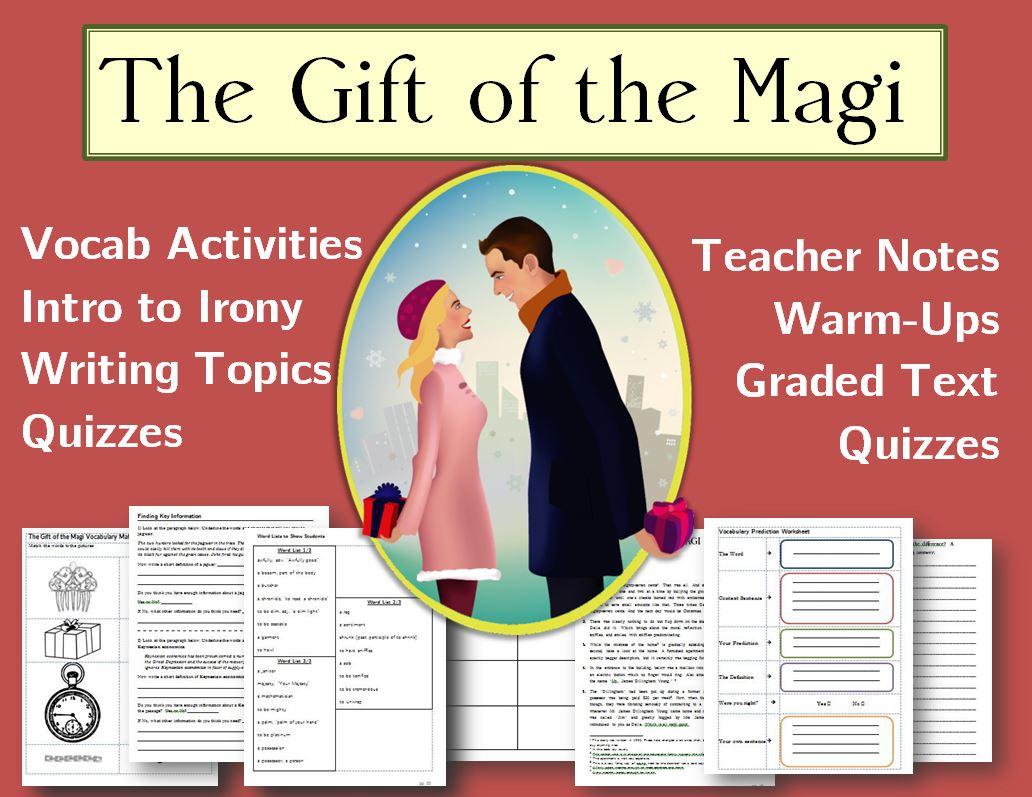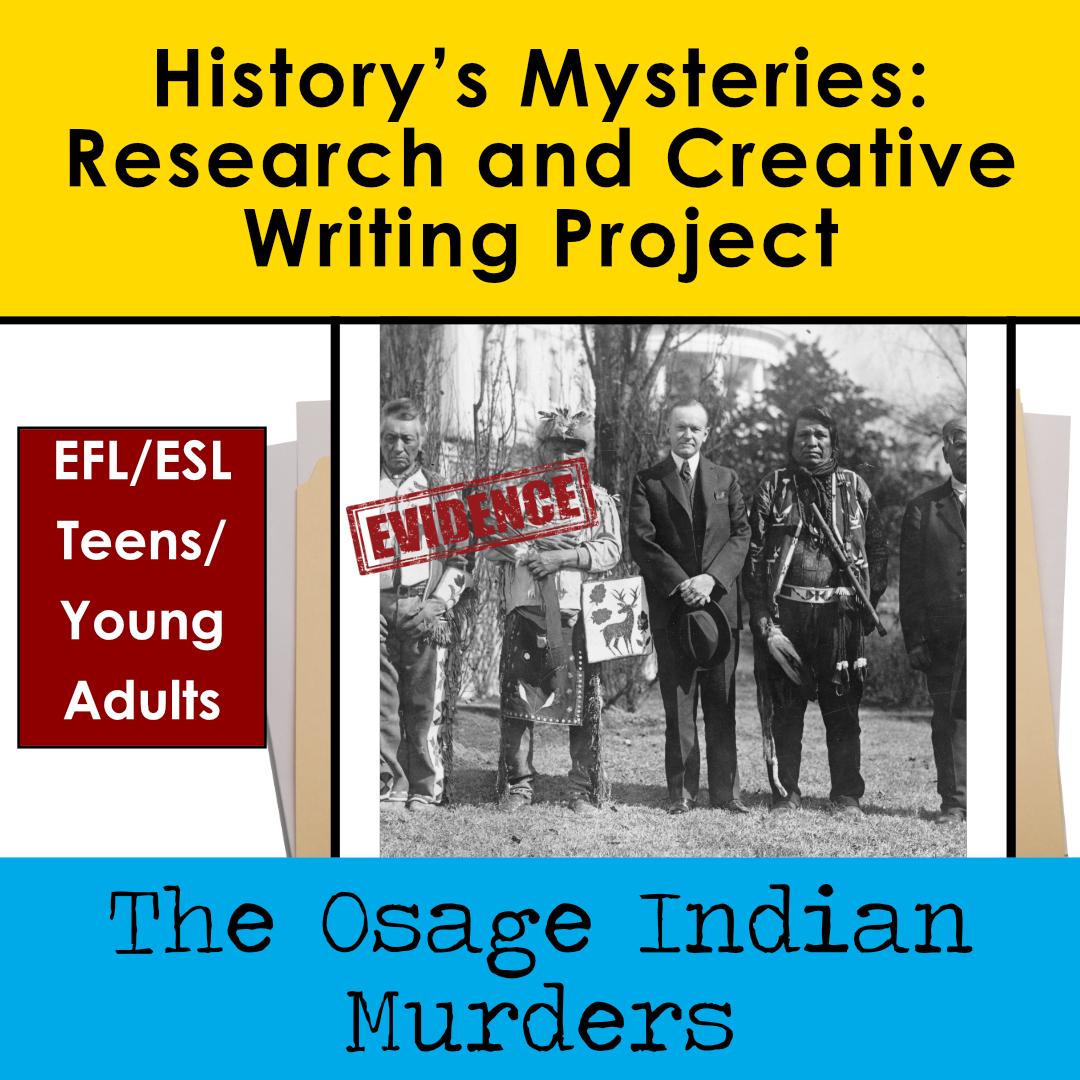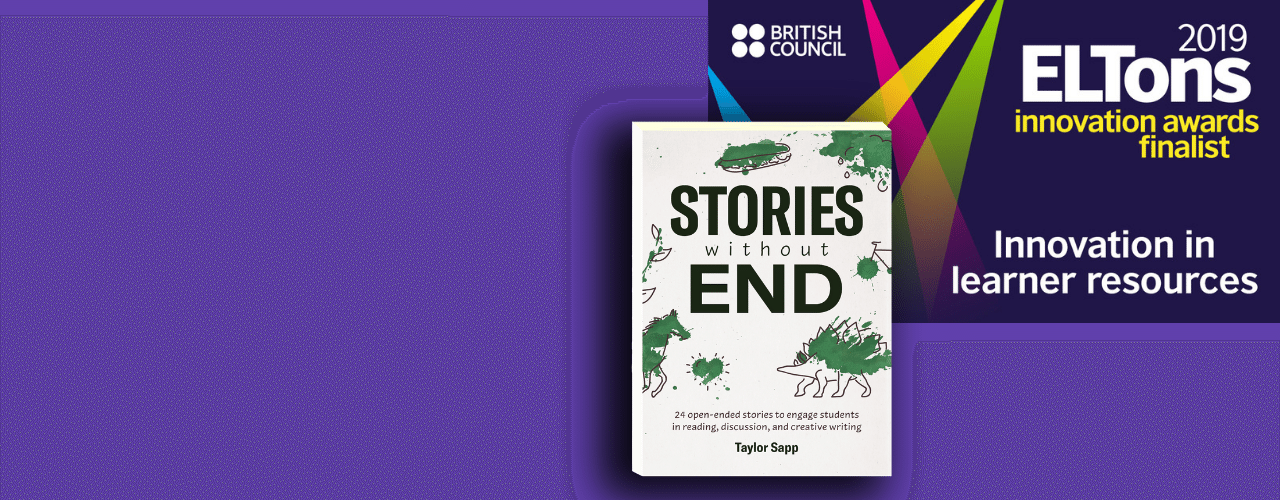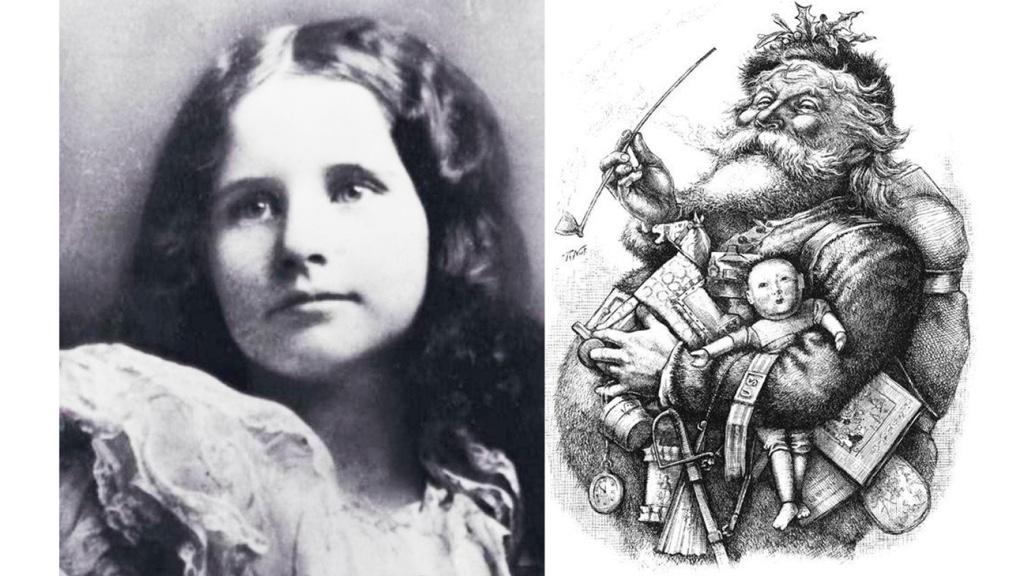Looking for a Christmas Activity with “Yes Virginia, There is a Santa Claus”? This reading activity on the famous editorial from The Sun Newspaper, has students read and discuss the editorial. It’s a great way […]

The Gift of the Magi Packet
This 100+ page “Gift of the Magi” lesson and activity plan packet has taken me years to compile! I’m pretty proud of it! “The Gift of the Magi” by O. Henry is without a doubt […]

Teaching the Osage Indian Murders
This post describes one of the real historical mysteries discussed in our latest book, History’s Mysteries. This book includes 40 unsolved mysteries from history. Students read a text, discuss and analyze, do research on their own, […]

Writing Outside the Box: Building Students’ Creativity
I can’t tell you how many times I’ve had students tell me that they don’t know how to be creative. They think creativity is a talent that you are born with or not. While it’s […]

Stories Without End in the Classroom
I was recently uploading more individual stories without end (from Taylor’s wonderful book) to Teachers Pay Teachers. One of the pieces of information you need to fill out there is how long the material will […]

